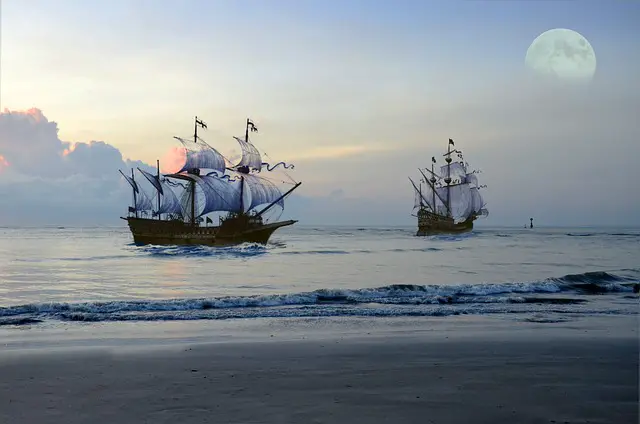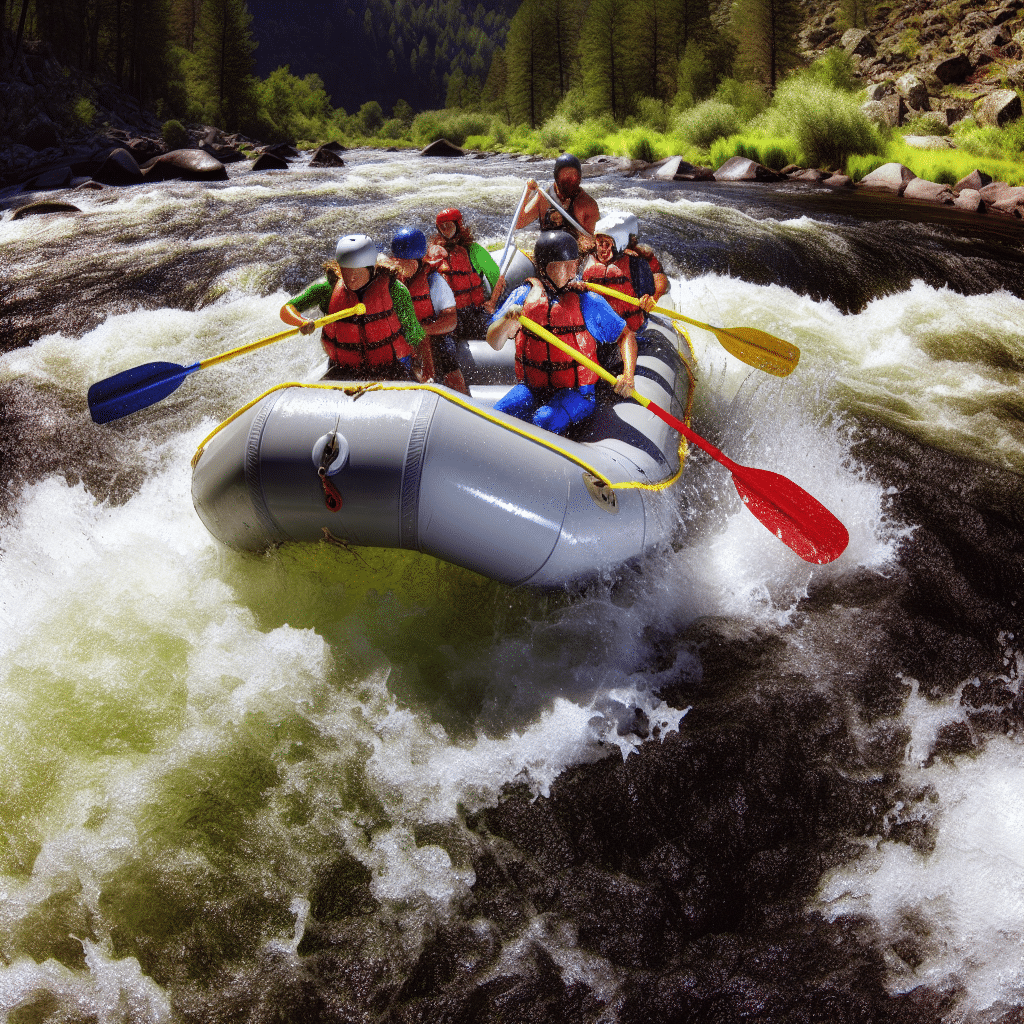Surfing, the exhilarating sport of riding waves, has captivated people for centuries. It’s a dance with nature, a test of balance, and a thrill like no other. But who invented surfing? The answer to this question is as complex and fascinating as the sport itself, deeply interwoven with the cultural tapestry of ancient civilizations, particularly those in the Pacific.
Who Invented Surfing? A Look at Ancient Polynesians
When we ask, “Who invented surfing?” we most commonly trace its origins back to the ancient Polynesians. Evidence suggests that Polynesians were riding waves as early as 2000 BCE. Surfing was not merely a pastime but a deeply spiritual practice intertwined with their daily lives and cultural rituals.
The Role of Surfing in Polynesian Culture
For the Polynesians, particularly those living on the Hawaiian Islands, surfing was much more than a sport. It was an art form, a way to demonstrate prowess and bravery, and a method to connect with the sea’s powerful forces. Chiefs and commoners alike would ride waves, although the best breaks were often reserved for the elite. Renowned for their remarkable skill, the Polynesians made riding waves part of their identity. They built their surfboards from local trees and referred to the act of surfing as ‘heʻe nalu,’ meaning “wave sliding.”
Early European Encounters with Surfing
The first recorded account of surfing by European explorers came from Captain James Cook in the late 18th century. In 1778, Cook and his crew observed Hawaiian men and women surfing at Kealakekua Bay on the Big Island. Lieutenant James King, who took over the command after Cook’s death, described the joy and excitement that native Hawaiians experienced while surfing. King’s notes mark an important historical point, bringing the existence of surfing to the Western world’s attention.
Surfing’s Fall and Revival: A Cultural Journey
The question of who invented surfing also touches on how the sport survived through changing times. After the arrival of missionaries in Hawaii in the 19th century, surfing saw a significant decline. Missionaries found the sport to be frivolous and discouraged its practice. Coupled with the deteriorating native Hawaiian population due to introduced diseases, many aspects of traditional Hawaiian culture, including surfing, began to fade.
The Revival of Surfing
The sport might have been lost to history if not for a resurgence in the early 20th century. Hawaiian local heroes like Duke Kahanamoku played a critical role in reviving and popularizing surfing. An Olympic swimmer and an iconic figure, Kahanamoku traveled the world demonstrating surfing, particularly in Australia and California.
Modern Surf Culture: A Global Phenomenon
In the decades that followed, surfing evolved from a revived Hawaiian tradition into a global cultural phenomenon. The 1960s saw the surf boom in the United States, propelled by the California surf culture, music, and films. Innovations in surfboard design, particularly the transition from wooden to lighter, more agile fiberglass boards, revolutionized the sport. Today, surfing is a worldwide industry with professional competitions and a thriving subculture that spans continents.
Influential Figures in Surfing History
When considering who invented surfing, it’s essential to recognize the individuals who have shaped its journey from ancient to modern times.
Duke Kahanamoku
As mentioned earlier, Duke Kahanamoku is a pivotal figure in bringing surfing into the modern era. His contributions helped transition the sport from a cultural practice to a global sensation.
George Freeth
Another key figure is George Freeth, often credited with introducing surfing to the mainland United States. A Hawaiian of mixed ancestry, Freeth was brought to California by Henry Huntington in 1907 to demonstrate surfing and lifeguarding techniques. His exhibitions attracted significant attention and laid the groundwork for the surf culture that would explode in the following decades.
Tom Blake
Tom Blake is another critical figure, known for his innovations in surfboard design. His creation of the hollow surfboard in the 1930s and later developments in fin technology significantly advanced the sport, making surfing more accessible and enjoyable.
Conclusion: The Living Legacy of Surfing
So, who invented surfing? While we can trace its origins back to the ancient Polynesians, the sport’s evolution is a testament to the many individuals and cultures that have embraced and enhanced it over centuries. From its spiritual roots in the Pacific to its contemporary manifestation as a global sport, surfing remains a dynamic and evolving practice. It is a reminder of humanity’s enduring connection to the ocean and the unending pursuit of joy and adventure.
The story of surfing is not just about who invented it, but how it has become a universal language that transcends borders, bringing people together to ride the waves of life.




